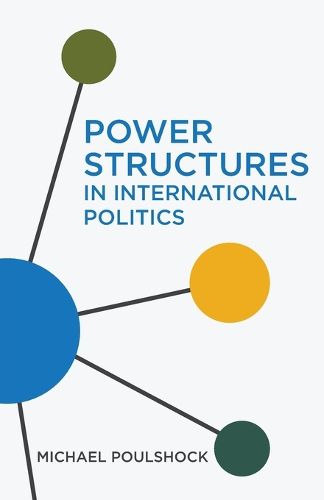Readings Newsletter
Become a Readings Member to make your shopping experience even easier.
Sign in or sign up for free!
You’re not far away from qualifying for FREE standard shipping within Australia
You’ve qualified for FREE standard shipping within Australia
The cart is loading…






This title is printed to order. This book may have been self-published. If so, we cannot guarantee the quality of the content. In the main most books will have gone through the editing process however some may not. We therefore suggest that you be aware of this before ordering this book. If in doubt check either the author or publisher’s details as we are unable to accept any returns unless they are faulty. Please contact us if you have any questions.
Power Structures in International Politics presents an original perspective on the dynamics underlying world events, approaching international relations through the lens of computational science. It explains how states accumulate political power and how this competition leads to resource conflict, coalition building, imperialism, the balance of power, and global instability. Written in an engaging and accessible style with over a hundred illustrations, the book will appeal to a wide audience interested in geopolitics, international relations, and quantitative science.
$9.00 standard shipping within Australia
FREE standard shipping within Australia for orders over $100.00
Express & International shipping calculated at checkout
This title is printed to order. This book may have been self-published. If so, we cannot guarantee the quality of the content. In the main most books will have gone through the editing process however some may not. We therefore suggest that you be aware of this before ordering this book. If in doubt check either the author or publisher’s details as we are unable to accept any returns unless they are faulty. Please contact us if you have any questions.
Power Structures in International Politics presents an original perspective on the dynamics underlying world events, approaching international relations through the lens of computational science. It explains how states accumulate political power and how this competition leads to resource conflict, coalition building, imperialism, the balance of power, and global instability. Written in an engaging and accessible style with over a hundred illustrations, the book will appeal to a wide audience interested in geopolitics, international relations, and quantitative science.